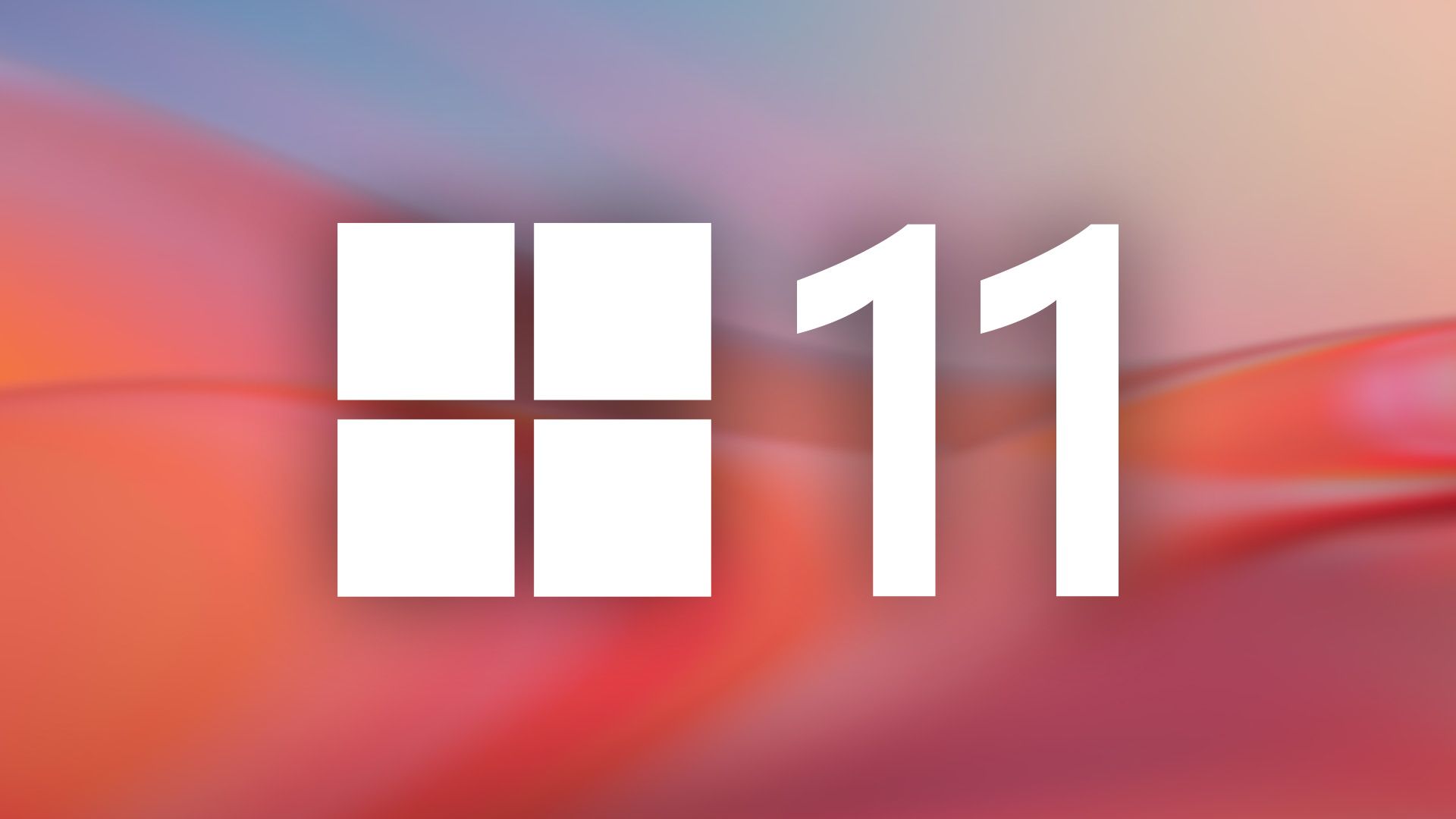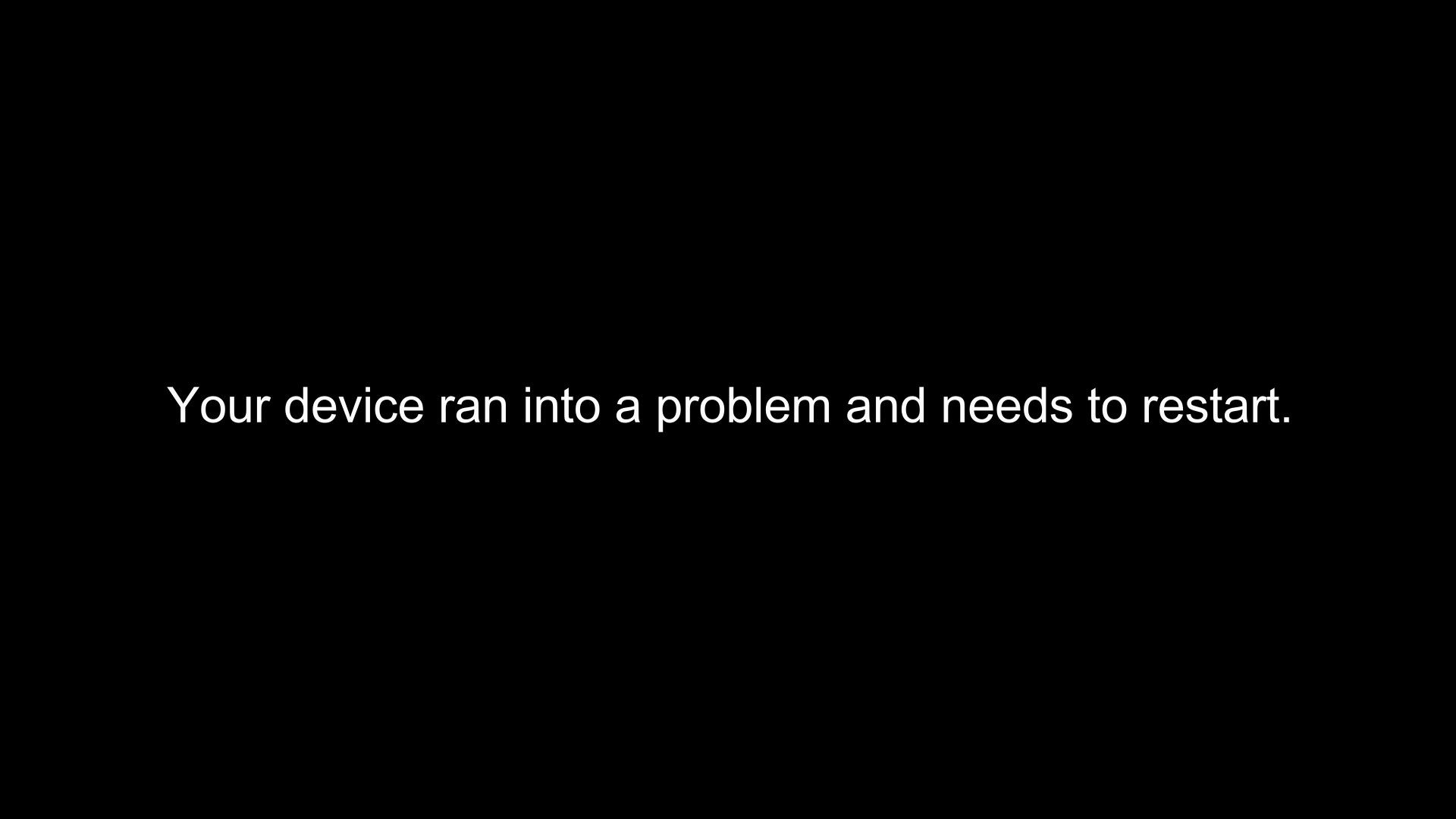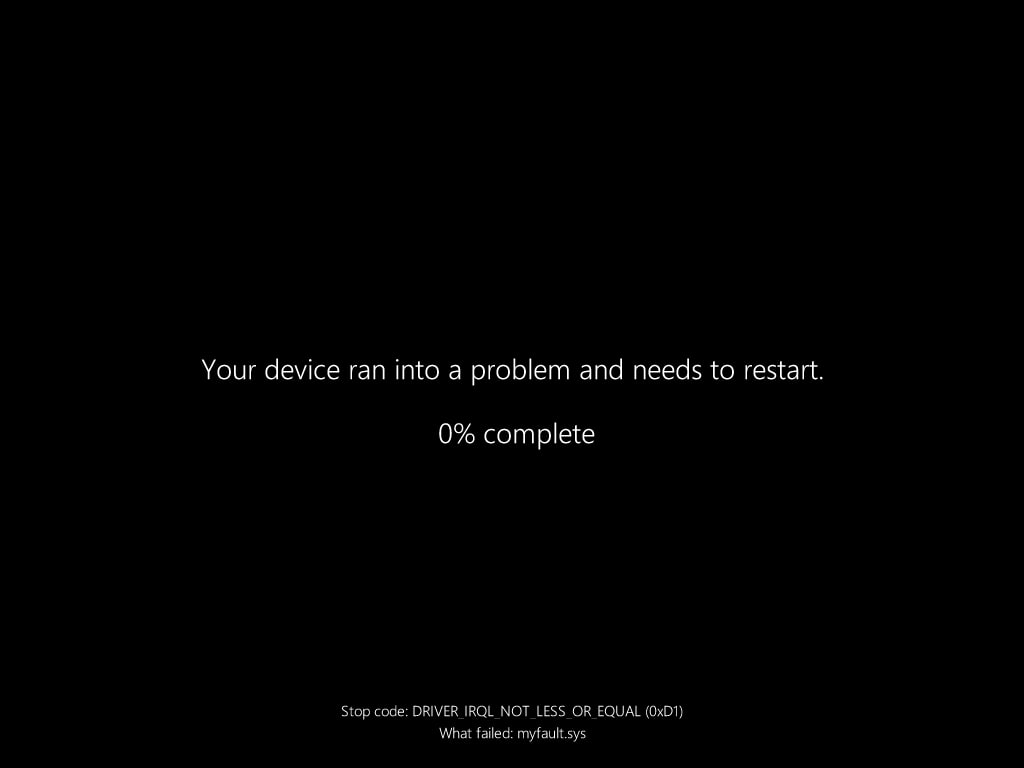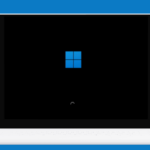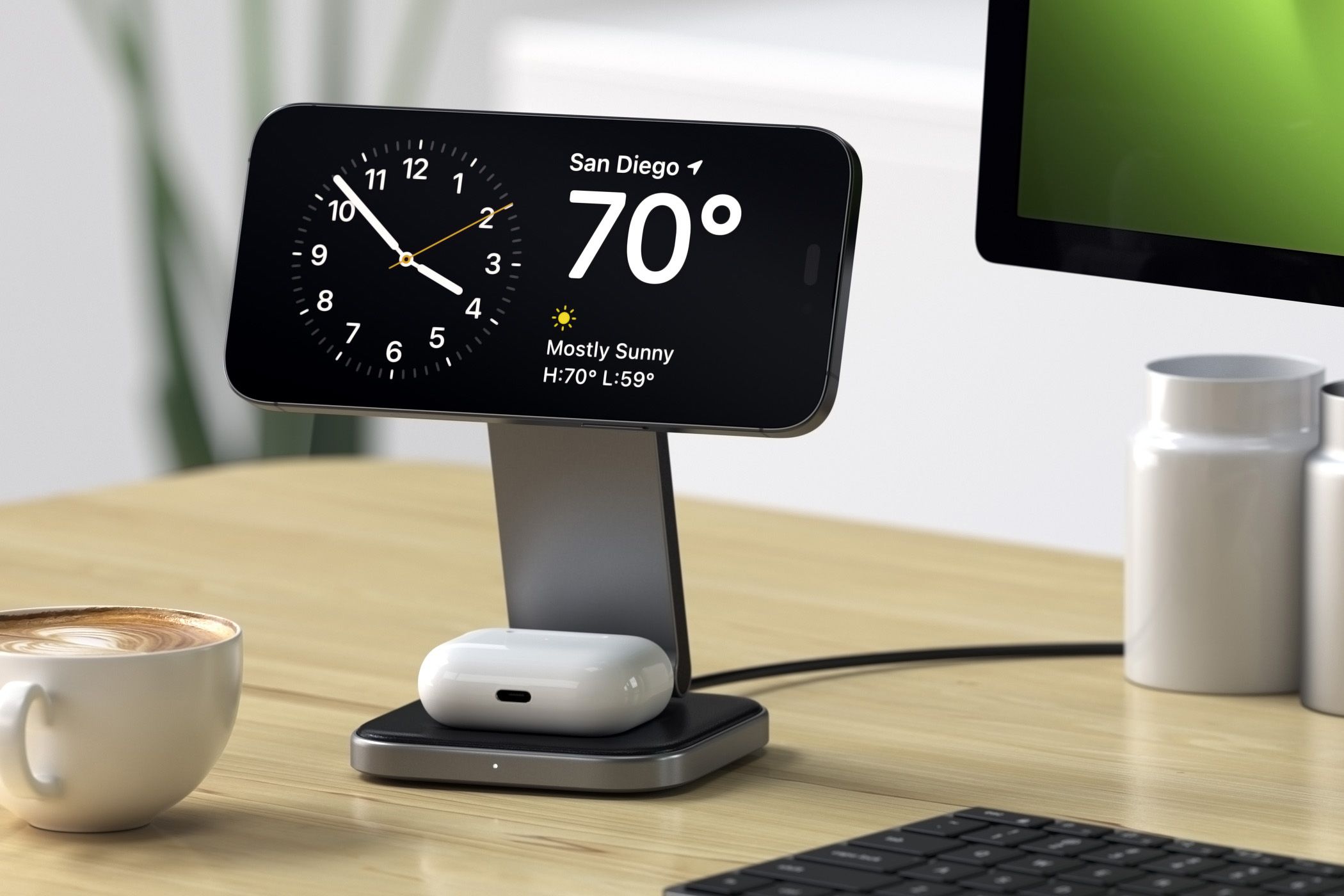The Windows “Blue Screen of Death” Is Becoming the “Black Screen of Death”
Summary
- Microsoft may be removing the iconic blue color from the Blue Screen of Death in Windows 11.
- The new Black Screen of Death includes a simple message and progress indicator.
- The change to a Black Screen of Death is in line with Windows 11’s design principles for a cleaner user experience.
Many features have come and gone over the long history of Windows, but one has been present from the beginning: the infamous “Blue Screen of Death” (BSoD). However, it’s looking like Microsoft will drop the iconic blue color in an upcoming build of Windows 11–among other changes.
Microsoft announced the Windows 11 Insider Preview Build 26120.3653 for the beta channel, and with it comes a number of changes to the Blue Screen of Death–officially known as a “Stop Error.” The screen has been given a facelift with a much more minimal and streamlined look that isn’t as scary.
We’re previewing a new, more streamlined UI for unexpected restarts which better aligns with Windows 11 design principles and supports our goal of getting users back into productivity as fast as possible. We’ve simplified your experience while preserving the technical information on the screen. As a reminder, for Windows Insiders this appears as a “green screen”. This is beginning to roll out to Windows Insiders on Windows 11, version 24H2 and higher in the Beta, Dev, and Canary Channels.
The new BSoD simply reads, “Your device ran into a problem and needs to restart,” with a progress percentage underneath. The stop code error is at the bottom of the screen. Gone is the sideways frowning face and QR code, as well as the blue background color. Instead, it’s plain black.
This wouldn’t be the first time Microsoft played around with the idea of a Black Screen of Death. Back in 2021, the company briefly tested the same with test builds of Windows 11. However, this time, it appears the new BSoD will be rolled out to the existing Windows 11 version 24H2. Currently, beta, dev, and canary channel users can check out the new screen, but it appears with a green background for test builds.

Related
Everything You Need to Know About the Blue Screen of Death
The blue screen of death—or BSOD—is always an unwelcome sight. BSODs appear when Microsoft Windows encounters a critical error from which it can’t recover. Here are some common causes, and how you can start to troubleshoot a BSOD.
The Blue Screen of Death has been with Windows since the first beta release of Windows 1.0 in 1985. Back then, the screen was an ominous printout of random, jumbled characters. It wasn’t until Windows 3.0 that the BSoD started displaying important system messages.
So, is this the end of an era? You’ve seen the blue screen countless times as a sort of digital grim reaper signaling something’s gone horribly wrong. Now, it’s fading to black, which is much less jarring than the bright blue error screen.
The new Black Screen of Death could be a reflection of Microsoft’s push for a cleaner, less alarming user experience. The simplified message and progress indicator are a lot less of a panic-inducing event. You’re getting a streamlined notification, not a visual meltdown.
Source: Microsoft
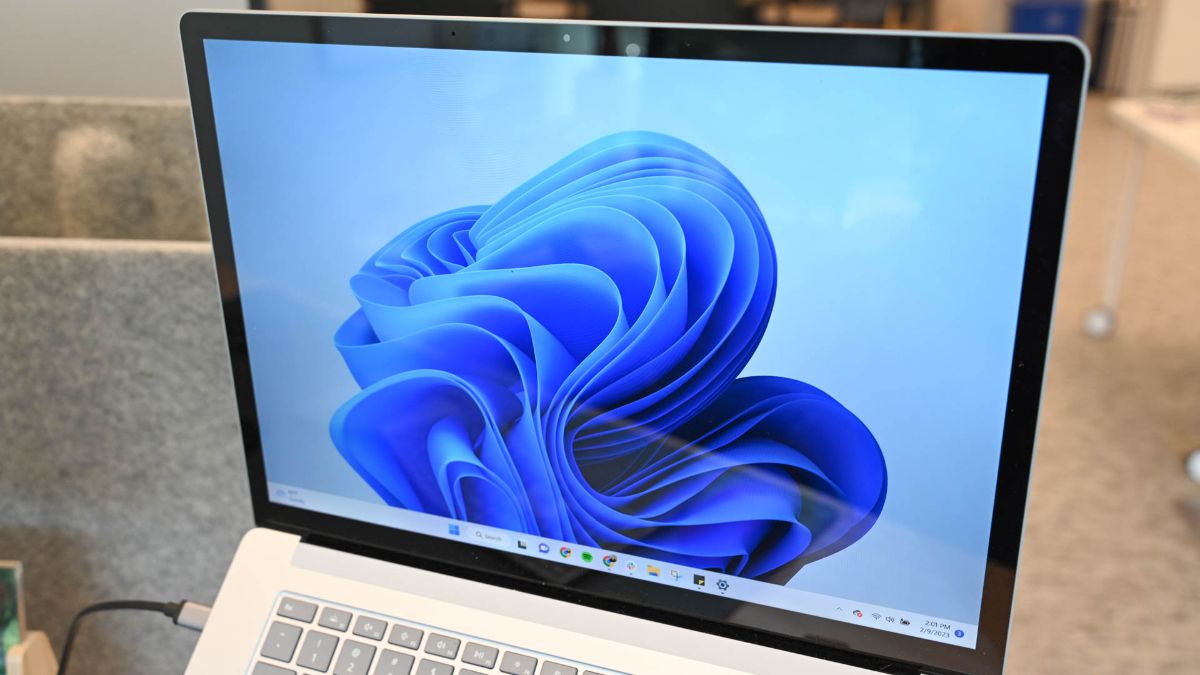
Related
How to Find Windows 11’s Blue Screen of Death Logs
Got a BSOD (Blue Screen of Death)? Checking Windows 11’s error logs could reveal what caused it. You can use either Event Viewer or Reliability Monitor, and you can also force the BSOD screen itself to display the error information in the future. Here’s how to do that.








